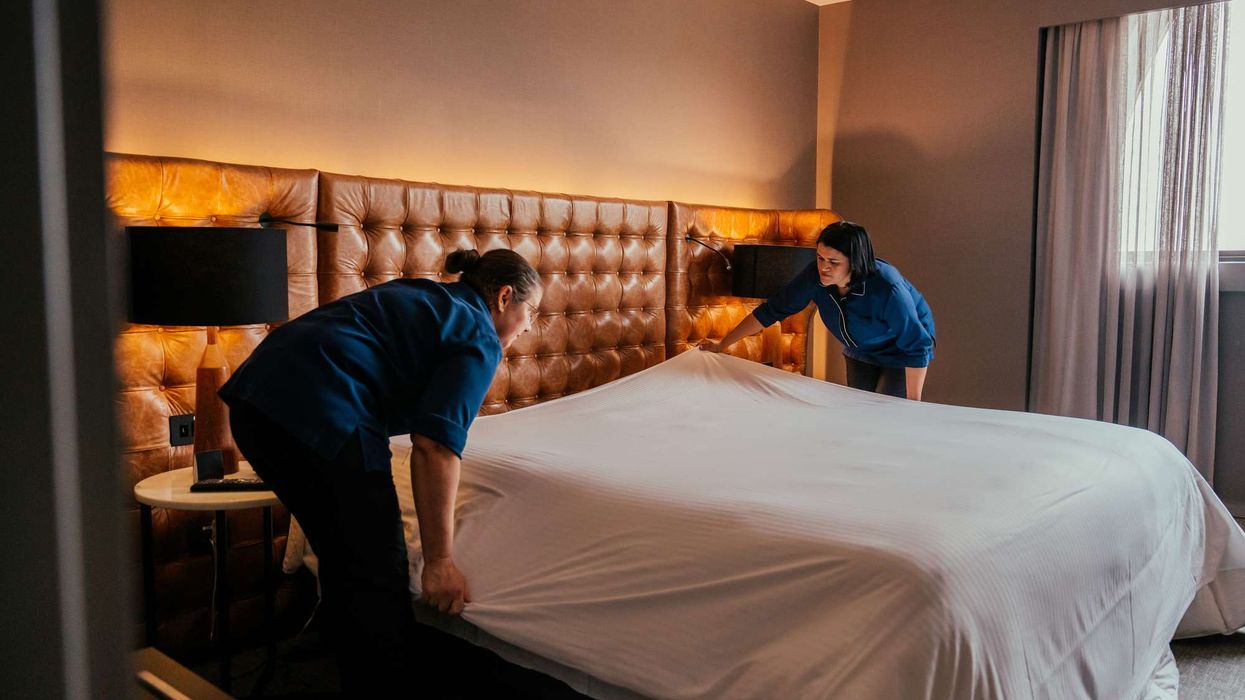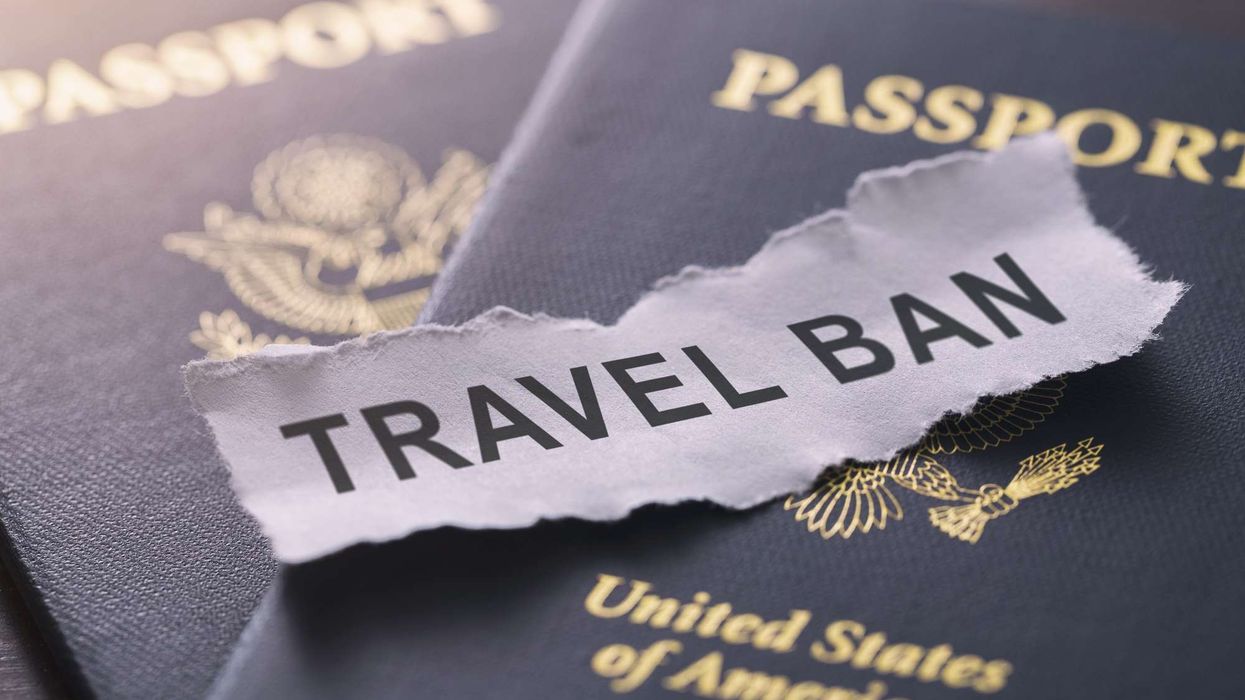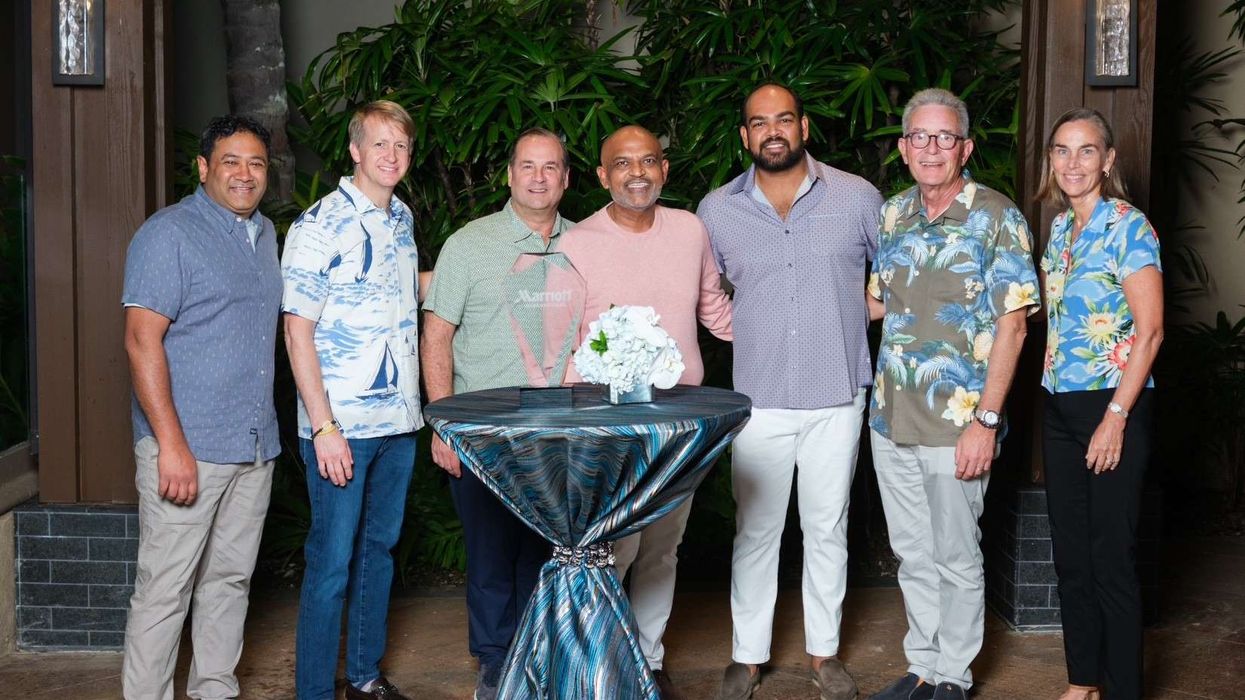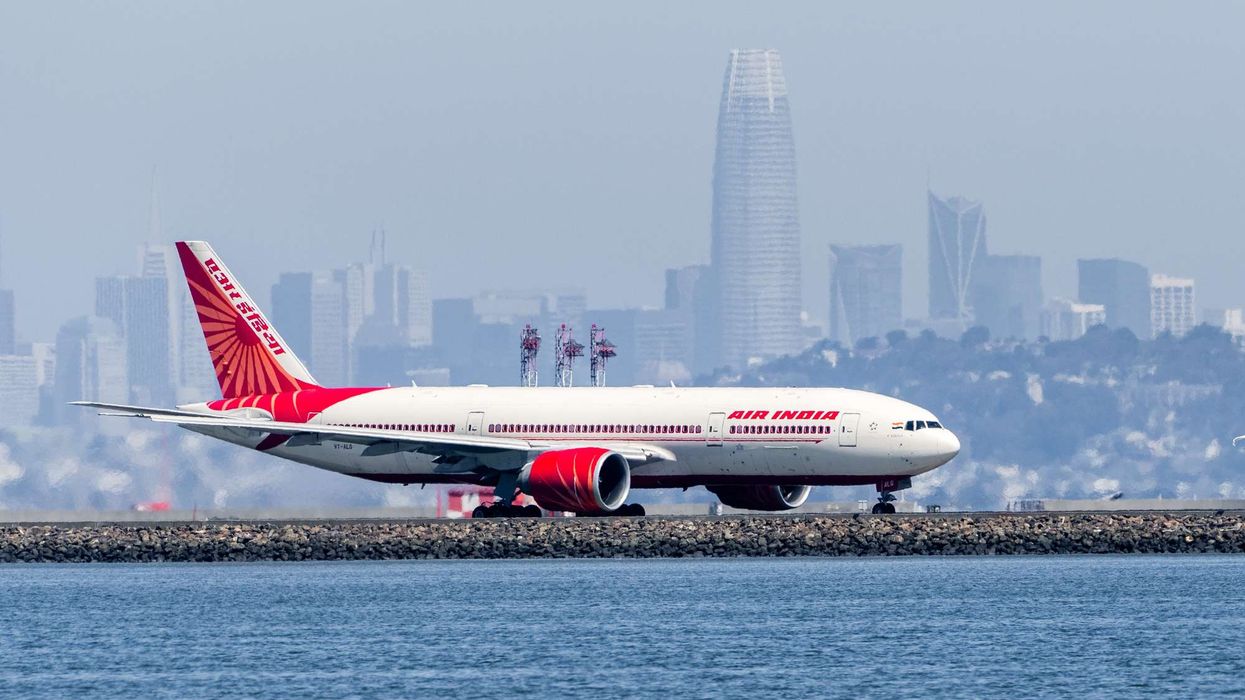U.S. HOTELIERS WRAPPED up 2019 with a strong performance in revenue and profits, according to HotStats. However, they may want to focus on increasing profitability in the months to come, one expert said.
RevPAR increased 5.3 percent in December, leading to a 1.3 percentage points increase in the profit margin to 31.2 percent, according to HotStats.
The RevPAR boost was fueled by a 2.3 percent increase in average rate and a 1.9 percentage point jump in occupancy. For the full year, RevPAR was up 0.9 percent.
A 6.1 percent increase was reported in total revenue as results of the room revenue growth and ancillary revenue increases. However, total payroll costs rose 4.1 percent on per available room while the total expenses on a per-occupied-room basis were up 2.5 percent.
This confluence of revenue and expense led to a 10.8 percent year-over-year December increase in GOPPAR, which was up 1 percent for the year compared to the same time the previous year.
“U.S. hotels finished out 2019 on a strong note, but the overall yearly numbers were flatter and portend what could be a very similar 2020,” said David Eisen, HotStats director of hotel intelligence for the Americas. “In order to ensure profitability, in the face of expense creep, hoteliers will need to focus their team strategies on profitability, which is a team effort across all operated and undistributed departments.”
San Francisco reported 9 percent increase in RevPAR while GOPPAR grew 31.4 percent. Houston, however, saw a low month of year-over-year comparisons with a 3.3 percent decrease in RevPAR and a 1.8 percent drop in occupancy.











